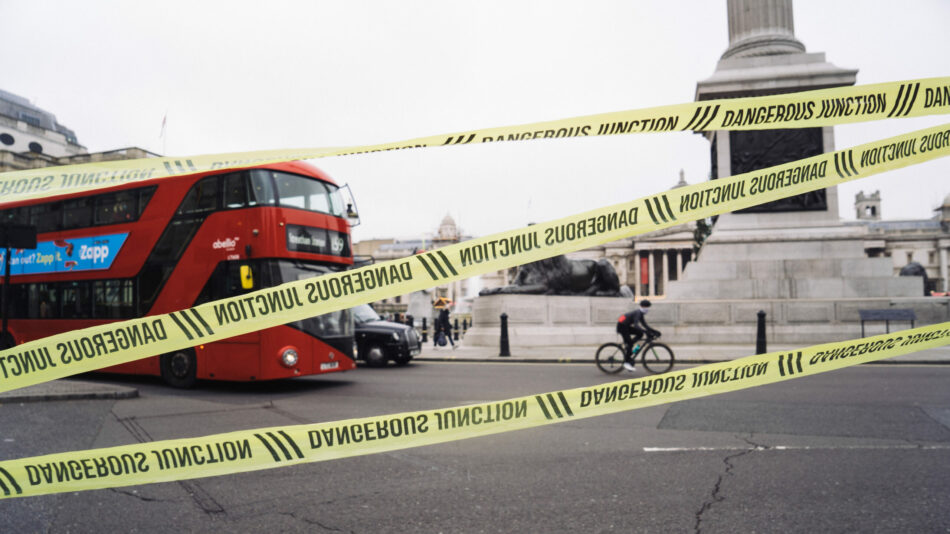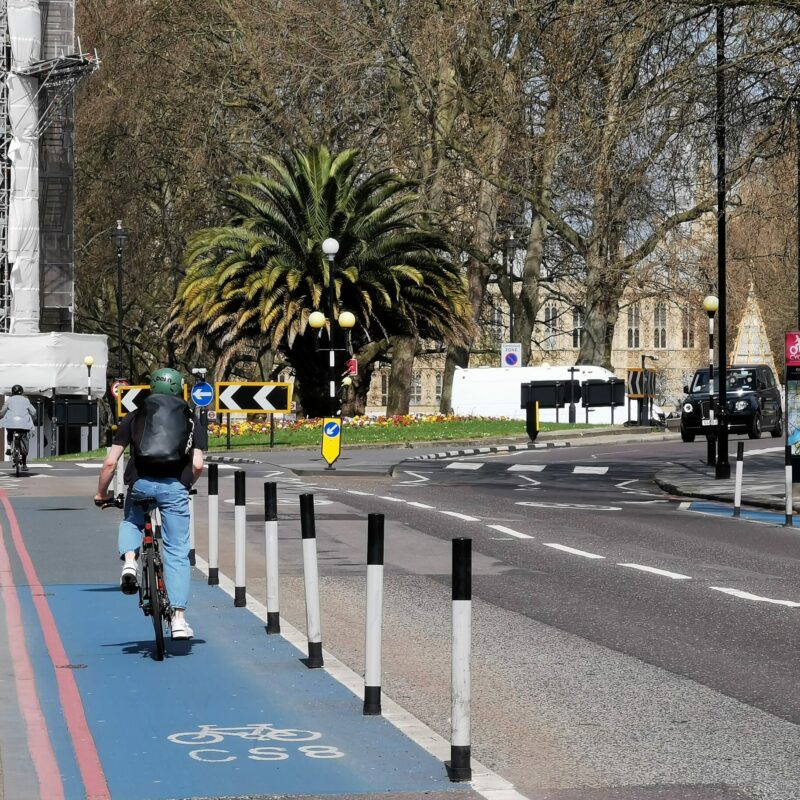

The Mayor, Sadiq Khan, has welcomed changes to the Highway Code that came into effect at the end of January and has said they will boost safety of those walking or cycling on London’s roads, which are already seeing 52% fewer collisions than 2005-09.
There is however a catch in progress on Sadiq’s “Vision Zero” plan to eliminate serious and fatal collisions on our roads in 20 years. While other modes of transport have seen a collapse in injury numbers, the number of serious injuries cyclists in London suffer rose last year.
Unlike the welcome 36% fall in pedestrian KSIs during 2020, attributed largely to fewer motor vehicles on the roads, the number of cycling KSIs rose by 12% compared to 2019 thus undermining the Mayor’s target of reducing KSIs overall by 65% from 2005-09 to 2022.
Rising numbers of injuries doesn’t necessarily mean cycling is more dangerous. Transport for London says that while the total number of cycling KSIs rose, this was a consequence of many more cycle trips made during lockdown. TfL says the rate of collisions for cyclists per journey fell by 24% from 2019 to 2020 when factoring in a rise in cycling journeys, citing the Department for Transport estimate of an increase in cycling mileage of 46%.
The Mayor or TfL may be spinning this though. While the DfT says cycling mileage went up by nearly half (thus meaning that the rate of collisions dropped), TfL’s own data shows an unchanged number of daily cycle trips in 2020 compared to 2019 – which means road danger increased per cycled trip last year. The number of cycling trips per day in both years was circa 700,000.
TfL however also says its automatic cycle counters showed an increased number of trips crossing the counter points by 22% in outer London and 7% in inner London. Whether using cycle counts across London or trip rates, it’s fairly clear the DfT’s figures for distances ridden may be allowing TfL to paint a false picture of sharply dropping.
However TfL slices the data, ultimately the Mayor’s target is for zero collisions by 2041. That means actual numbers not just rates per trip have to fall and fast. The new Highway Code changes will likely contribute to such a fall but it has to be accompanied by further investment in the protected infrastructure and safe junctions that enable safe and enjoyable cycling if the Mayor is serious about really tackling road danger.
KEEP UP TO DATE
